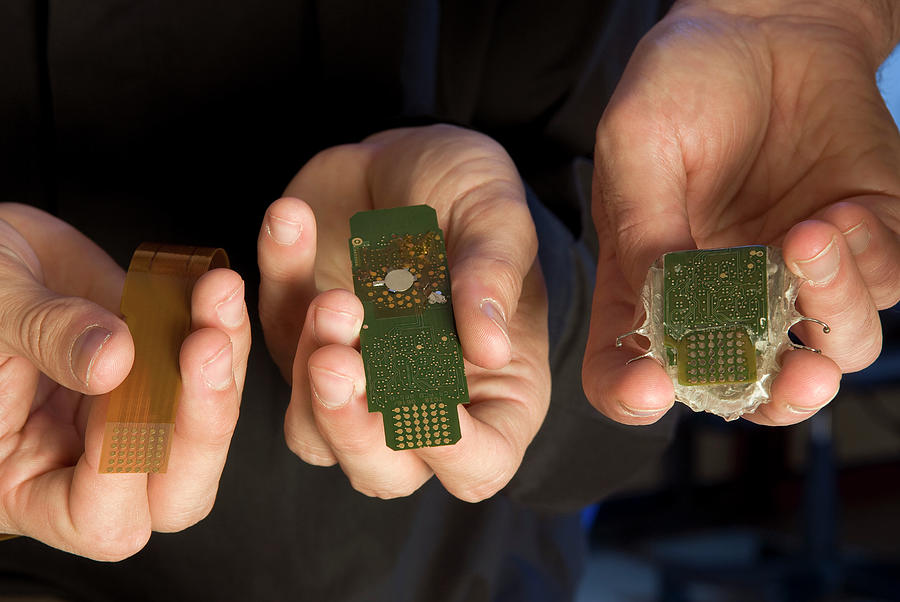The human brain has some truly amazing capabilities. For instance, if one of the senses—sight, smell, sound, taste, or touch—is deprived, a different sense can improve to compensate.
In order to learn more about the process by which this occurs, researchers used transcranial magnetic stimulation (TMS) to activate sense-related areas of the brain.
Continue reading to find out more about:
- The senses and the brain
- What TMS is, and how it works
- The study and its results
The Senses and the Brain
How the Brain Processes Sensory Information
There are specific areas in the brain designed to process sensory input from the outside world. This is known as the sensory cortex. Each sense has its own portion of the sensory cortex:
- Sight: Visual cortex
- Smell: Olfactory cortex
- Sound: Auditory cortex
- Taste: Gustatory cortex
- Touch: Somatosensory cortex

An external signal is likely to activate more than one sensory cortex at a time. This is commonly referred to as “cross-talk” because it requires communication among different parts of the brain. In order to combine information from multiple senses, the signal is sent to an association area.
Sensory Compensation
According to Scientific American, “A large body of evidence shows when the brain is deprived of input in one sensory modality, it is capable of reorganizing itself to support and augment other senses.” This is due to neuroplasticity, or the brain’s ability to adapt and readjust itself.
For instance, it is common belief that a blind person can hear better than someone with sight. Such a phenomenon is known as sensory compensation, in which the brain uses one sensory cortex to help process information that would typically go to a different sensory cortex. In the example of the blind person, this would be the visual cortex accommodating the auditory cortex. Likewise, it has been shown that the visual cortex, rather than the somatosensory cortex, is activated when a blind person reads Braille.
All About TMS
What Is It?
TMS is a cognitive treatment method that uses a conductive coil to issue controlled electromagnetic pulses. These pulses stimulate a targeted area of the brain, igniting cellular activity and, essentially, changing the brain’s chemistry to facilitate improved function.

How Does It Work?
Once prescribed by a doctor, TMS is issued by a specialist once a day up to five days a week for around six weeks. TMS is a non-invasive procedure, which means the patient does not need to be sedated during a session and can resume daily activity afterward (driving home, going back to work or school, etc.).
TMS is not painful, though some patients do report a slight headache or pain in the scalp after a session. However, any physical discomfort should be light and short-lived.
The Study
Background
Researchers were curious about subjectivity in terms of activation when it comes to sensory compensation, formally known as cross-modal plasticity. Blind test subjects and normally-seeing control subjects were trained to use a tongue display unit (TDU), which the researchers define as “a tactile vision sensory system.”
Previously, they had concluded that the blind test subjects rerouted the tactile information to the visual cortex (similar to the Braille example). In this study, the researchers “used TMS to stimulate the visual cortex before and after TDU training in a group of early blind (EB), late blind (LB), and blindfolded [normally-seeing] subjects while noting the sensory experiences reported by the subjects.”

Results
The results show that applying TMS to the blind test subjects’ visual cortexes “induced tactile sensations in the tongue that were somatotopically organized.” This means that, though targeting the visual cortex, the TMS produced somatosensory (touch-related) effects.
Yet, applying TMS to the blindfolded, normally-seeing test subjects’ visual cortexes “evoked only visual phosphenes” (meaning they saw a flash of light). In other words, the blind subjects felt a sensation on their tongues, while the normally-seeing subjects saw a flash of light.

This leads the researchers to believe that subjectivity in perception depends on the stimulated sensory channel rather than the activated cortex. The researchers understand their results to be empirical evidence lending support to the theory of cortical deference, which is the explanation behind cross-modal plasticity. The results are also significant to understanding how the senses function when one is damaged or missing.
The Versatility of TMS
TMS is predominantly used to treat depression. Right now, the FDA has only approved it to treat Major Depressive Disorder. However, as supported by this study, more and more potential uses for TMS seem to be arising.
This is probably because TMS affects the brain, and the brain is as versatile as it is complex. In other words, it’s an organ with a lot of use, so it’s only logical that a corresponding treatment could have a wide variety of applications as well.
In addition using TMS as a treatment method, TMS can act as a tool for scientific experiment, as seen with the study discussed in this post.
To stay up to date on the latest TMS therapy news, follow the Transformations blog for summaries of scientific studies and other TMS-related articles.










